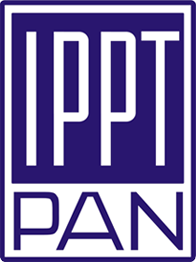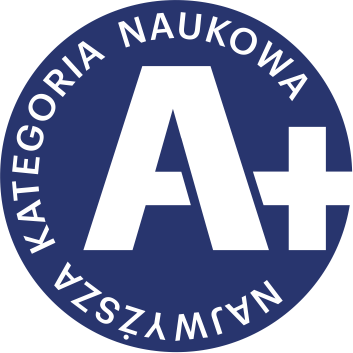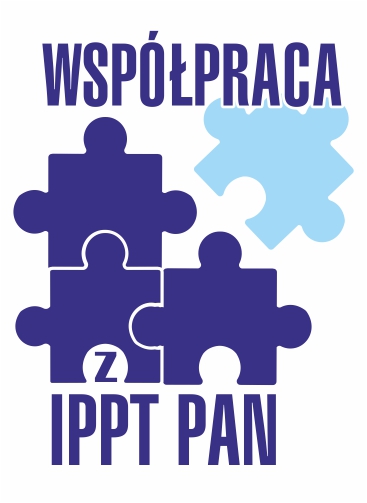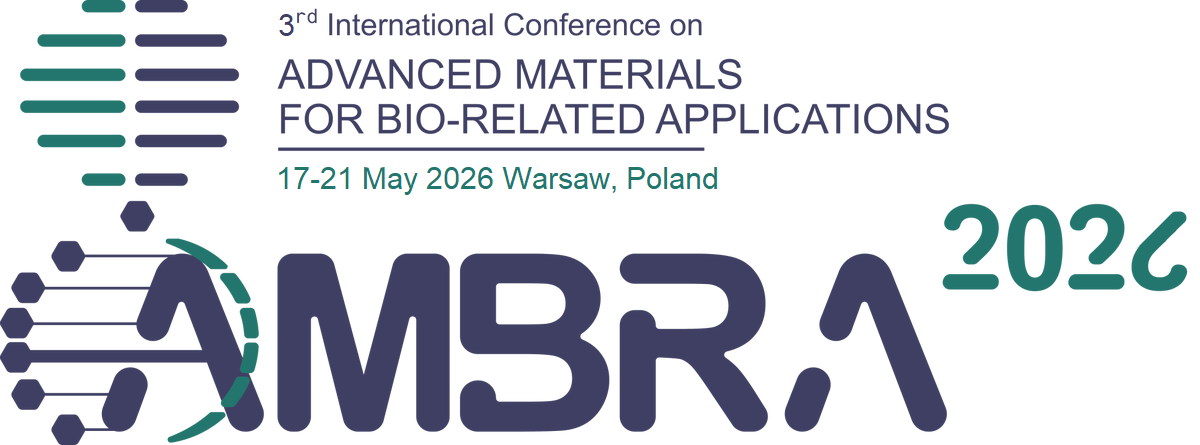| 1. |
Sabbagh Mojaveryazdi F., Zakrzewska A., Rybak D., Król J., Abdi A.♦, Nakielski P., Pierini F., Transdermal Drug Delivery Systems Powered by Artificial Intelligence,
ADVANCED HEALTHCARE MATERIALS, ISSN: 2192-2659, DOI: 10.1002/adhm.202503030, pp.e03030-1-24, 2025 Streszczenie:
Transdermal drug delivery systems (TDDSs) offer non-invasive therapy but face persistent challenges. Artificial intelligence (AI) transforms TDDSs by leveraging machine learning (ML) and predictive analytics to address these barriers. ML models predict drug entrapment with 93.0% accuracy, streamlining development. AI enhances transdermal patch formulations by forecasting drug release kinetics, skin penetration, and stability, minimizing reliance on costly clinical trials. Through virtual screening, AI identifies novel drug candidates and permeation enhancers, accelerating innovation. In microneedle systems, AI optimizes geometries, materials, and drug loading, improving precision and personalization. AI-integrated biosensors enable real-time monitoring, supporting adaptive dosing tailored to individual physiological profiles. Compared to traditional modeling, AI provides superior accuracy and scalability, handling complex datasets to reveal non-linear relationships. Despite challenges like data quality and privacy concerns, AI's integration with 3-dimensional printing and stimuli-responsive materials drives the development of personalized, efficient transdermal therapies. This perspective highlights AI's critical role in advancing therapeutic efficacy and patient-centric care in TDDSs, uniquely combining predictive modeling with real-time monitoring to envision next-generation personalized transdermal delivery systems. Afiliacje autorów:
| Sabbagh Mojaveryazdi F. | - | IPPT PAN | | Zakrzewska A. | - | IPPT PAN | | Rybak D. | - | IPPT PAN | | Król J. | - | IPPT PAN | | Abdi A. | - | New Jersey Institute of Technology (US) | | Nakielski P. | - | IPPT PAN | | Pierini F. | - | IPPT PAN |
|  | 140p. |
| 2. |
Zakrzewska A., Nakielski P., Truong Yen B.♦, Gualandi C.♦, Velino C.♦, Zargarian S., Lanzi M.♦, Kosik-Kozioł A., Król J., Pierini F., “Green” Cross-Linking of Poly(Vinyl Alcohol)-Based Nanostructured Biomaterials: From Eco-Friendly Approaches to Practical Applications,
WIREs Nanomedicine and Nanobiotechnology, ISSN: 1939-0041, DOI: 10.1002/wnan.70017, Vol.17, No.3, pp.e70017-1-33, 2025 Streszczenie:
Recently, a growing need for sustainable materials in various industries, especially biomedical, environmental, and packaging applications, has been observed. Poly(vinyl alcohol) (PVA) is a versatile and widely used polymer, valued for its biocompatibility, water solubility, and easy processing, e.g., forming nanofibers via electrospinning. As a result of cross-linking, PVA turns into a three-dimensional structure—hydrogel with unusual sorption properties and mimicry of biological tissues. However, traditional cross-linking methods often involve toxic chemicals and harsh conditions, which can limit its eco-friendly potential and raise concerns about environmental impact. “Green” cross-linking approaches, such as the use of natural cross-linkers, freeze–thawing, enzymatic processes, irradiation, heat treatment, or immersion in alcohol, offer an environmentally friendly alternative that aligns with global trends toward sustainability. These methods not only reduce the use of harmful substances but also enhance the biodegradability and safety of the materials. By reviewing and analyzing the latest advancements in “green” PVA cross-linking approaches, this review provides a comprehensive overview of current techniques, their advantages, limitations, and potential applications. The main emphasis is placed on PVA nanostructured forms and applications of PVA-based biomaterials in areas such as wound dressings, drug delivery systems, tissue engineering, biological filters, and biosensors. Moreover, this article will contribute to the broader scientific understanding of how the materials based on PVA can be optimized both in terms of “greener” and safer production, as well as adjusting the final platform properties. Słowa kluczowe:
cross-linking, eco-friendly approaches, nanostructured biomaterials, poly(vinyl alcohol) Afiliacje autorów:
| Zakrzewska A. | - | IPPT PAN | | Nakielski P. | - | IPPT PAN | | Truong Yen B. | - | inna afiliacja | | Gualandi C. | - | University of Bologna (IT) | | Velino C. | - | inna afiliacja | | Zargarian S. | - | IPPT PAN | | Lanzi M. | - | University of Bologna (IT) | | Kosik-Kozioł A. | - | IPPT PAN | | Król J. | - | IPPT PAN | | Pierini F. | - | IPPT PAN |
|  | 140p. |



















